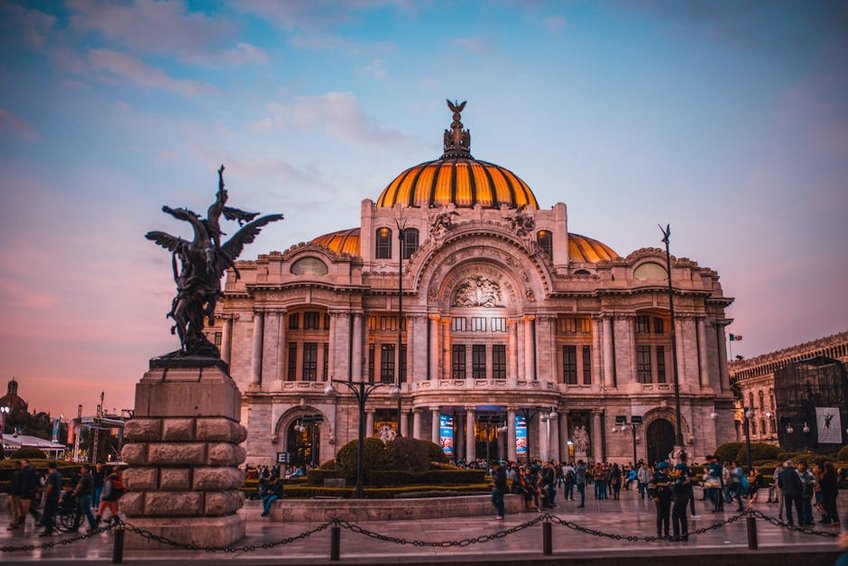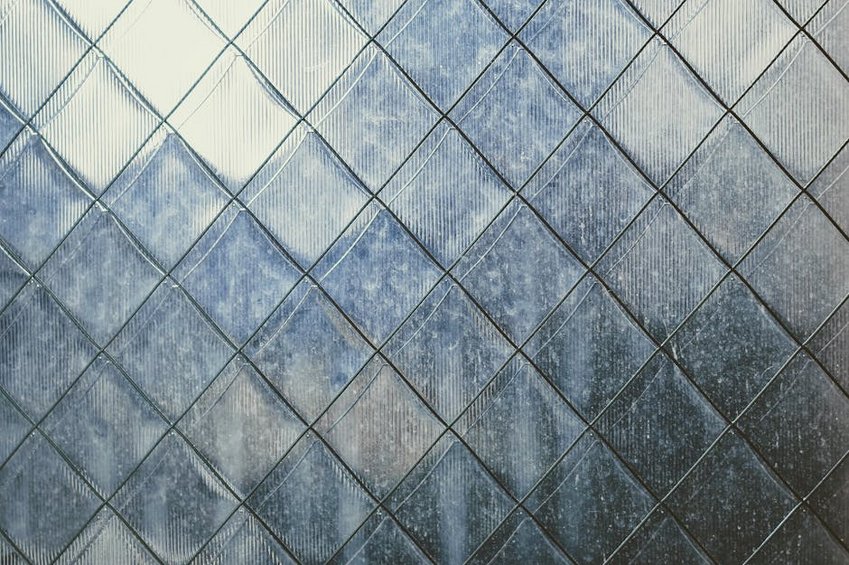Eritrea Asmara Art Deco Architecture: Africa’s Modernist Masterpiece
Asmara, Eritrea’s capital, preserves the world’s most extensive collection of intact Art Deco architecture from the Italian colonial period. This urban time capsule features over 400 perfectly maintained 1930s buildings across its compact city center. Our guide helps you explore every facet of this UNESCO World Heritage site through practical travel advice.
Essential Information About Asmara’s Architecture
Asmara’s architectural heritage stems from Italy’s colonial expansion during the 1930s under Mussolini’s regime. The city served as a testing ground for modernist ideals, blending European styles with local materials. This unique fusion created a distinctive African modernist aesthetic.
Italian architects designed these buildings between 1935 and 1941, using reinforced concrete and local stone. Their work represents Rationalism, Futurism, and Novecento movements alongside classic Art Deco elements. This architectural laboratory remained remarkably preserved due to Eritrea’s limited development since the 1940s.
What You Need to Know
Before visiting, understand these key architectural aspects.
- Asmara contains approximately 430 Modernist buildings within 4 square kilometers, making it highly walkable for architecture tours.
- The UNESCO World Heritage designation in 2017 protects buildings like the Fiat Tagliero Service Station and Cinema Impero from alteration.
- Italian colonial architecture incorporates local Eritrean materials like marble and granite alongside imported concrete and steel.
- Budget travelers spend $40-60 daily using guesthouses, local eateries, and public transport while focusing on exterior building viewing.
- Mid-range visitors allocate $80-120 daily for comfortable hotels, guided walking tours, restaurant meals, and interior building access fees.
- Luxury experiences cost $150-250 daily featuring heritage hotels, private guides, vehicle rental, and special access to restricted architectural sites.
- UNESCO World Heritage Centre – Asmara: A Modernist African City
- Encyclopaedia Britannica – Asmara Historical Overview
Key Historical Details
Italy’s colonization began in 1890, but major construction surged after 1935 when Mussolini designated Asmara as Italy’s African capital. Architects envisioned a “Little Rome” demonstrating fascist modernity through bold geometric forms and streamlined aesthetics. The British occupation in 1941 halted further construction, accidentally preserving the original city plan.
Eritrea’s independence struggle from 1961-1991 and subsequent isolation actually protected these buildings from modernization. Minimal economic development meant original facades, interiors, and urban layouts remained unchanged. This created what experts call the world’s most concentrated collection of early Modernist architecture.
Architectural Styles Overview
Beyond Art Deco, Asmara showcases Rationalism with its emphasis on function over ornamentation. The Cinema Impero exemplifies this with its clean lines and symmetrical facade. Futurism appears in dynamic, forward-looking designs like the aeroplane-shaped Fiat Tagliero building.
Novecento style blends classical elements with modern simplicity, seen in government buildings like the City Hall. Local adaptations include shaded porticos and courtyards responding to Eritrea’s climate. This stylistic diversity within walking distance makes Asmara an architectural historian’s dream destination.
Planning Your Eritrea Asmara Art Deco Architecture Trip
Organizing your architectural tour requires understanding visa processes, seasonal timing, and local logistics. Most visitors need visas arranged through Eritrean embassies before travel, with processing taking 2-4 weeks. The dry season from October to March offers ideal photography conditions with clear skies and comfortable temperatures.
Budget for unique expenses like the mandatory local guide in certain areas and photography permits for interior building access. Asmara’s compact size means you can explore most significant sites on foot over 3-4 days. Book accommodations early during peak tourist months from November to February.
Best Time to Visit Asmara
Visit between October and April for optimal weather, with daytime temperatures ranging 68-77°F (20-25°C) and minimal rainfall. December through February brings the coolest conditions, perfect for extensive walking tours. These months also offer brilliant blue skies that accentuate the white and pastel-colored buildings.
May through September constitutes the rainy season, with afternoon showers potentially disrupting outdoor photography. However, this period sees fewer tourists and lower accommodation prices. September marks a transitional period with occasional rain but lush green surroundings contrasting with the architecture.
Budget Planning and Costs
Consider these budget tiers for your architectural exploration.
Essential Preparation Checklist
Pack walking shoes, sun protection, and layered clothing for Asmara’s high-altitude climate at 2,325 meters (7,628 feet). Bring multiple memory cards and backup batteries for photography, as power outages occasionally occur. Consider a lightweight tripod for interior shots where flash photography might be prohibited.
Secure comprehensive travel insurance covering medical evacuation since specialized healthcare remains limited in Eritrea. Obtain certified copies of your passport and visa, keeping them separate from originals. Learn basic Italian phrases since many architectural terms and building names use Italian language.

Alt: “asmara-art-deco-building-facade-geometric-designs”
Top Architectural Attractions and Activities
Asmara’s architectural wonders cluster in walkable districts, with the city center containing the highest concentration of significant buildings. Start at the central market area and radiate outward to discover gems in residential neighborhoods. Many buildings remain in active use as government offices, cinemas, and private residences.
The UNESCO designation covers the entire city center, but specific buildings receive special protection status. Local guides provide context about original functions and architectural significance that isn’t always apparent from exteriors. Early morning and late afternoon light best highlights the geometric forms and decorative details.
Must-See Highlights
The Fiat Tagliero Service Station represents peak Futurist design with its concrete cantilevered wings spanning 30 meters (98 feet) without support. Giuseppe Pettazzi’s 1938 masterpiece symbolizes the era’s aviation obsession. This building remains operational as a functioning gas station, offering unique photo opportunities.
Cinema Impero showcases perfect Art Deco symmetry with its marquee, ticket booth, and interior lobby preserved exactly as built in 1937. The auditorium seats 1,800 and still screens films weekly. Nearby, the asymmetrical Cubist-style Church of Our Lady of the Rosary demonstrates religious architecture’s modernization.
Asmara’s City Hall combines Novecento and Rationalist elements with its clock tower and clean rectangular forms. The building dominates the central square and represents colonial administrative architecture. Interior tours sometimes available reveal period furnishings and architectural details.
Hidden Gems and Local Favorites
Venture beyond the main squares to discover villas in the Segeneyti district featuring curved balconies and stained glass windows. These residential buildings showcase how modernist principles adapted to domestic spaces. The neighborhood’s quiet streets offer peaceful exploration away from central crowds.
The former Ministry of Education building contains breathtaking spiral staircases and original light fixtures rarely photographed by tourists. Local shopkeepers often know building histories and may permit quick interior glimpses during quiet business hours. Always ask permission before entering non-public spaces.
Architectural Walking Tours
Self-guided tours follow logical routes from the railway station past government buildings to commercial structures. Download the UNESCO Asmara map showing all protected buildings with brief descriptions. Allow 3-4 hours for the core circuit covering approximately 2.5 kilometers (1.5 miles).
Guided tours provide access to building interiors normally closed to the public. Specialized architecture tours explain construction techniques and historical context. Early booking ensures availability since guide numbers remain limited in Asmara.
Practical Travel Information
Asmara International Airport (ASM) receives limited international flights primarily from Middle Eastern and African carriers. Most visitors connect through Cairo, Dubai, or Istanbul before arriving in Eritrea. Visa regulations require advance application through Eritrean embassies with invitation letters sometimes needed.
Accommodation ranges from budget pensions to the historic Africa Hotel, itself an architectural landmark. Book at least two months ahead for peak season visits between November and March. Credit card acceptance remains limited, so carry sufficient US dollars or euros for cash transactions.
| Category | Options/Features | Price Range (USD) |
|---|---|---|
| Budget Accommodation | Basic guesthouses with shared bathrooms, central locations | $25-40 nightly |
| Mid-Range Hotels | Private bathrooms, breakfast included, architectural character | $60-100 nightly |
| Luxury Heritage Stays | Period furnishings, prime locations, concierge services | $120-200 nightly |
| Transportation | Taxi fares per trip, rental cars with driver, city buses | $5-50 daily |


